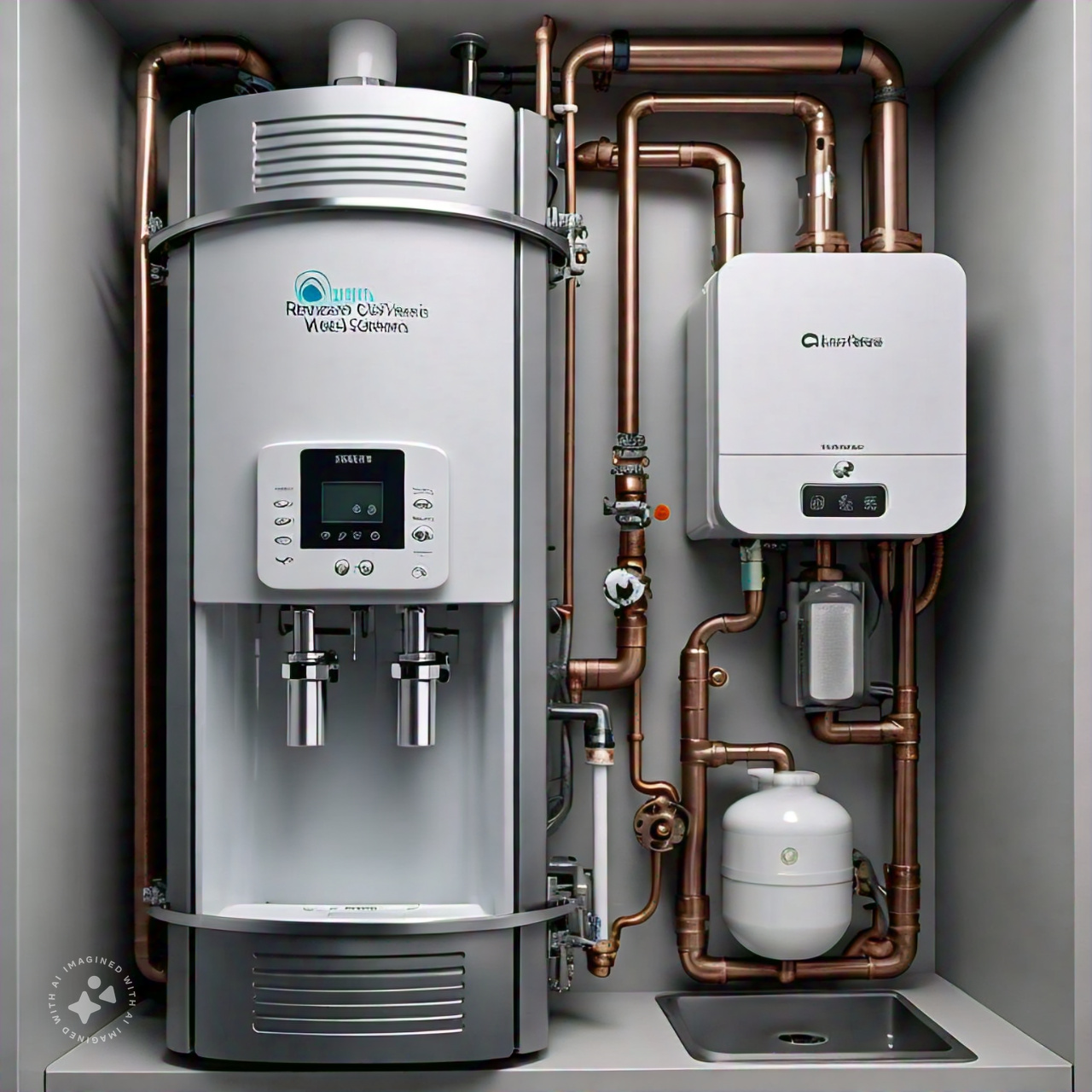
Reverse osmosis (RO) is a popular water purification technology known for its effectiveness in removing impurities from drinking water. However, several myths surround RO systems that can lead to misunderstandings about their functionality and benefits. In this article, we have debunked some of the most common misconceptions about reverse osmosis water.
Myth 1: Reverse osmosis removes essential minerals
One of the most prevalent and damaging myths is that reverse osmosis filters remove essential minerals from water. Whilst it’s true that RO systems are designed to filter out contaminants, including dissolved solids, they do not completely strip water of all minerals.
The RO process can reduce the levels of minerals, however, some beneficial minerals like calcium and magnesium can still be present in trace amounts. Plus, we take in the majority of essential minerals from food rather than water, which means a balanced diet typically provides sufficient levels of these nutrients.
Myth 2: Reverse osmosis water is overly acidic
Another misconception is that reverse osmosis water is overly acidic, which can harm the body. This belief stems from the idea that the removal of minerals affects the pH level of the water. However, research has shown that RO water is generally neutral, with a pH level close to 7, which is similar to regular tap water.
Myth 3: Reverse osmosis water is not safe to drink
Some consumers worry that RO water isn’t safe to drink due to undergoing such extensive filtration. However, in reality, reverse osmosis is one of the most effective methods for purifying drinking water. The process removes many harmful contaminants, including lead, chlorine, and pesticides. The World Health Organisation (WHO) has acknowledged the effectiveness of RO technology in providing safe drinking water.
Myth 4: Reverse osmosis systems are expensive to maintain
Whilst the initial expense of a reverse osmosis system can be higher than other filtration options, the long-term costs are manageable for most people. Many systems require minimal maintenance over time, with only periodic filter replacements needed. The overall cost of maintaining an RO system is competitive with other filtration methods, especially considering the high quality of the water produced.
Myth 5: Reverse osmosis systems waste too much water
A common belief is that waste a lot of water during the purification process. Whilst it’s true that RO systems do use some water to flush away impurities, advancements have been made that significantly reduce water waste. The newest RO systems on the market use far less water compared to older models, making them more environmentally friendly and cost-effective over time.
Don’t let these common myths deter you from the benefits of reverse osmosis water purification. Get in touch with the team at Lubron to find out more about their market-leading RO systems.



